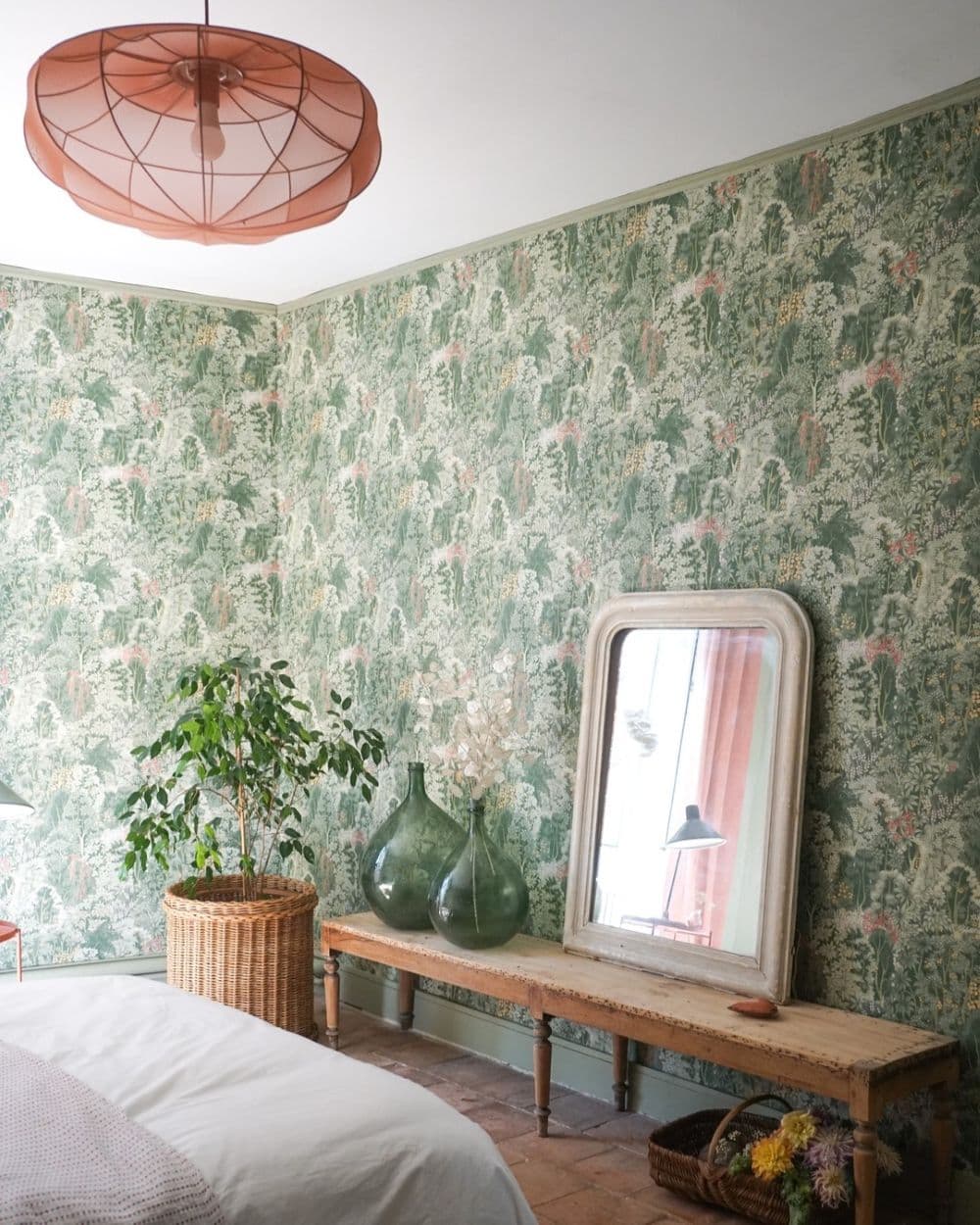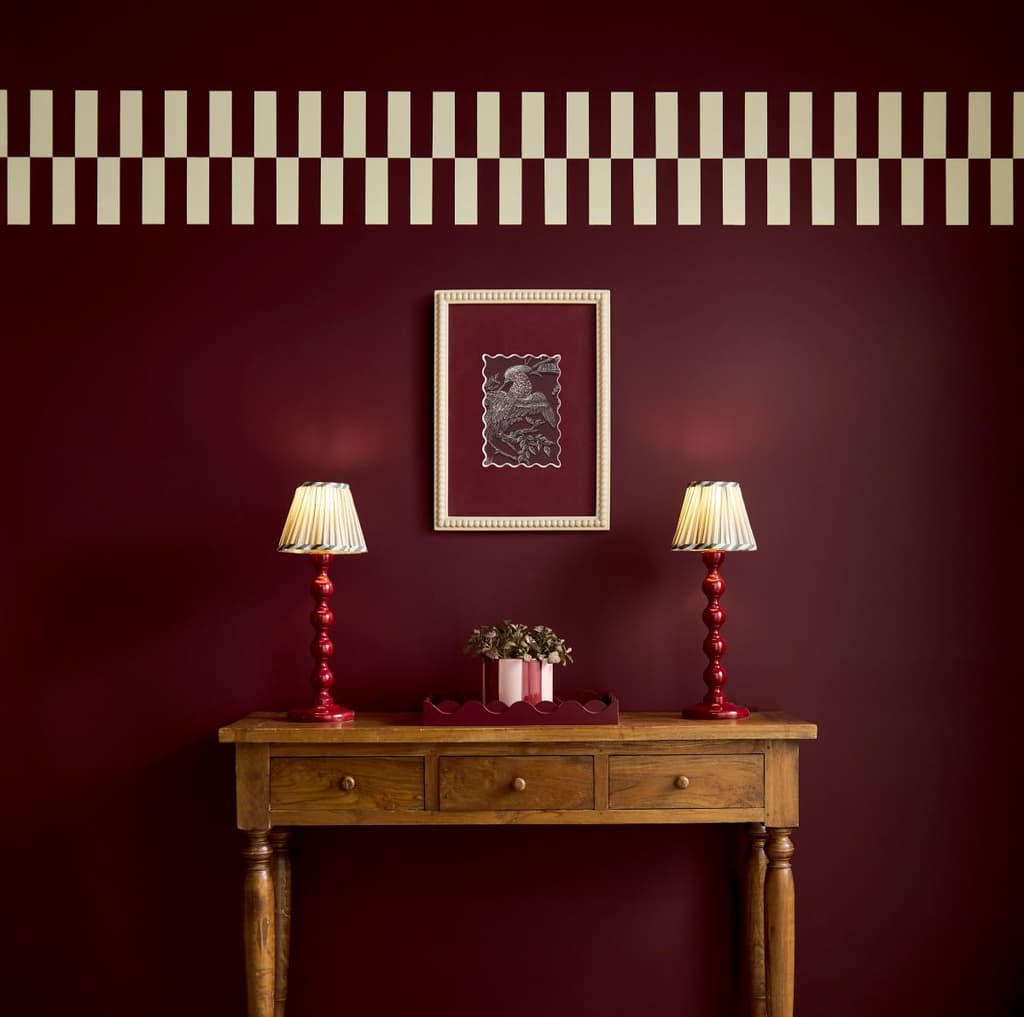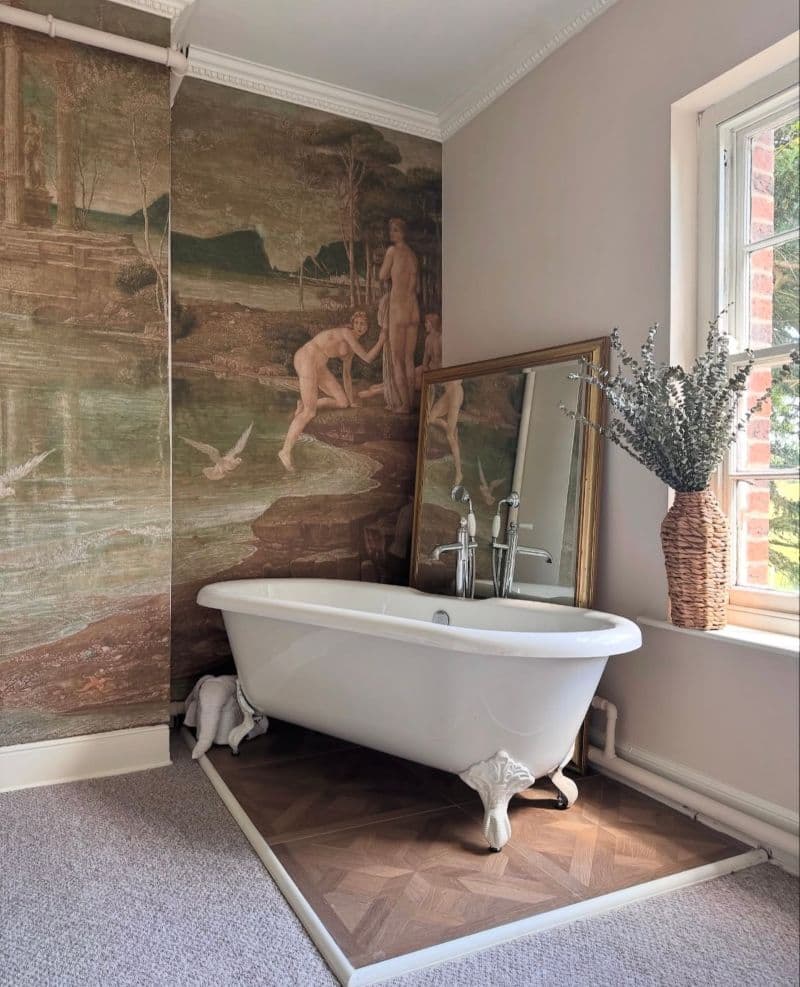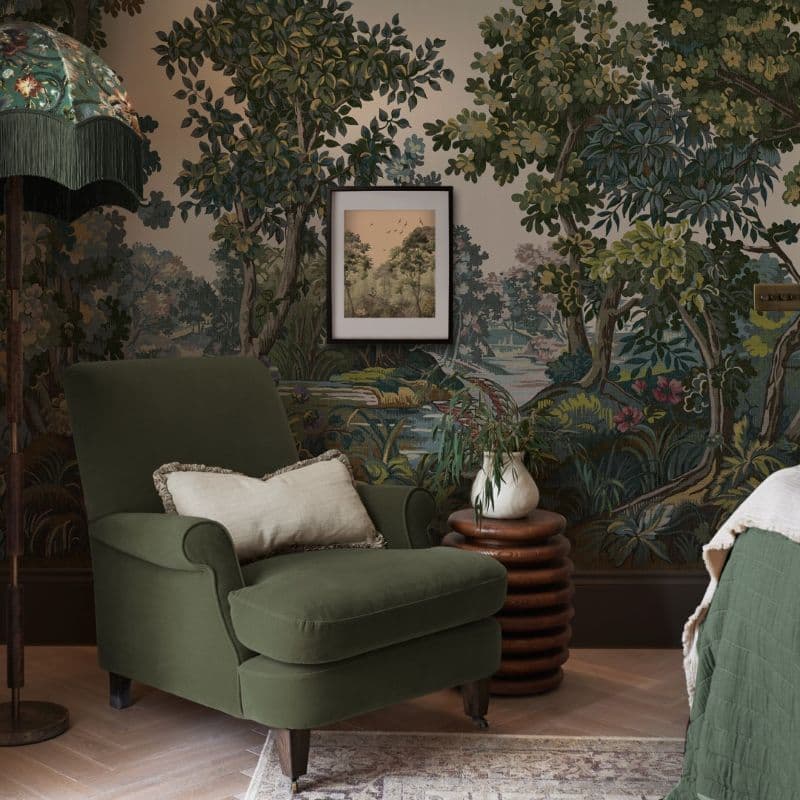
Step into the new season with the best dressed windows. With hundreds of designs to choose from! Our Curtains & Shades are made to measure for your home.


Who’s the mattest of them all? Our Ultra Flat Matte Resistance Emulsion has a market leading sheen of just 1%, along with being scrub-resistant, it's the perfect partner for busy homes.

Graham & Brown have collaborated with The Sensory Home® to offer a paint collection designed with intention, emotion, and well-being at its core.

In collaboration with Tate, explore our curated collection of custom murals — bringing iconic masterpieces into your home.

With over 120 designs, our wall art collection provides the finishing touch to your room makeover. Available as a print or in a framed finish.
